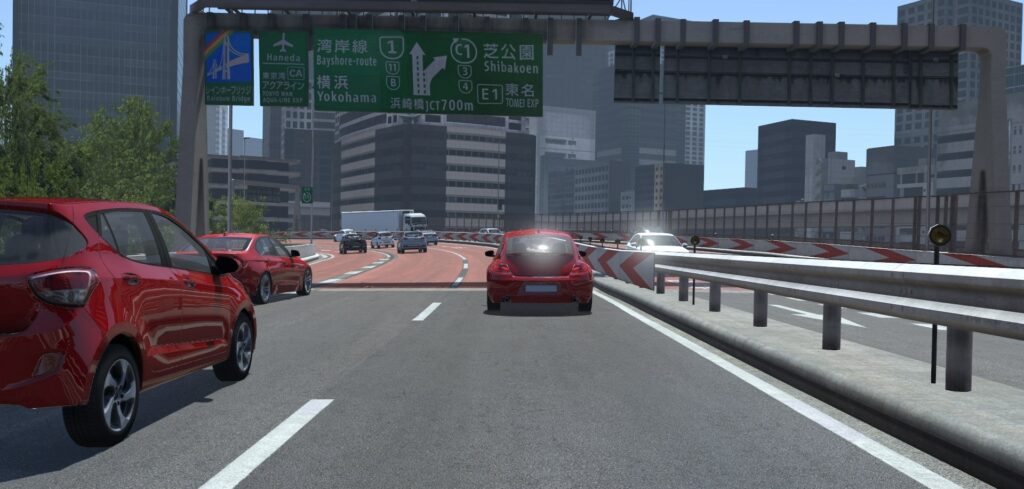Simulation software specialist rFpro has expanded its operations into Japan with the establishment of a facility in Yokohama where a dedicated engineering team will provide local, native-speaking, technical support for the company’s customers and partners in Japan and the APAC region.
“Simulation is revolutionizing the automotive industry and the technology providers in Japan are at the forefront of this,” said Peter Daley, MD at rFpro. “With simulation forming a critical part of vehicle testing and validation, we want to have a team on the ground ready to support our customers and technical partners in the region. Our Japanese base gives rFpro a truly global reach with facilities now in Asia, North America and Europe.”
The company notes it has experienced significant growth in Asia, with revenues up by more than 100% in the region over the last four years. This has largely been driven by the accelerated use of simulation in automotive applications, including ADAS and autonomous vehicle technologies.
Tatsuji Moriwaki, who has more than 10 years’ experience in the automotive industry and will be rFpro’s business development lead in Japan, said, “rFpro is the world’s leading simulation software provider so it is an honor to be joining the company. We are at the leading edge of vehicle development, particularly for autonomous technologies. This has led to extraordinary growth in the region, and we are aiming to continue this going forward.”
The company’s specialty is providing an accurate, engineering-grade simulation environment for the automotive and motorsport industries. It is used for the development and testing of vehicle dynamics, ADAS and autonomous vehicles. Notably, it is agnostic and compatible with the leading vehicle model, traffic solution, real-time hardware and motion platform providers.
The company also has a substantial library of high-fidelity digital twins including race circuits, proving grounds, downtown urban areas, and public roads. Included, is a digital twin of Tokyo’s famous Shuto Expressway, Inner Circular route. This 35km section of road has been modeled using survey-grade lidar scan data to create a vehicle dynamics-grade road surface, which is said to be accurate to within 1mm in the vertical direction. This is key to accurately simulate the effects of every bump, drain cover and expansion joint around the full route.


